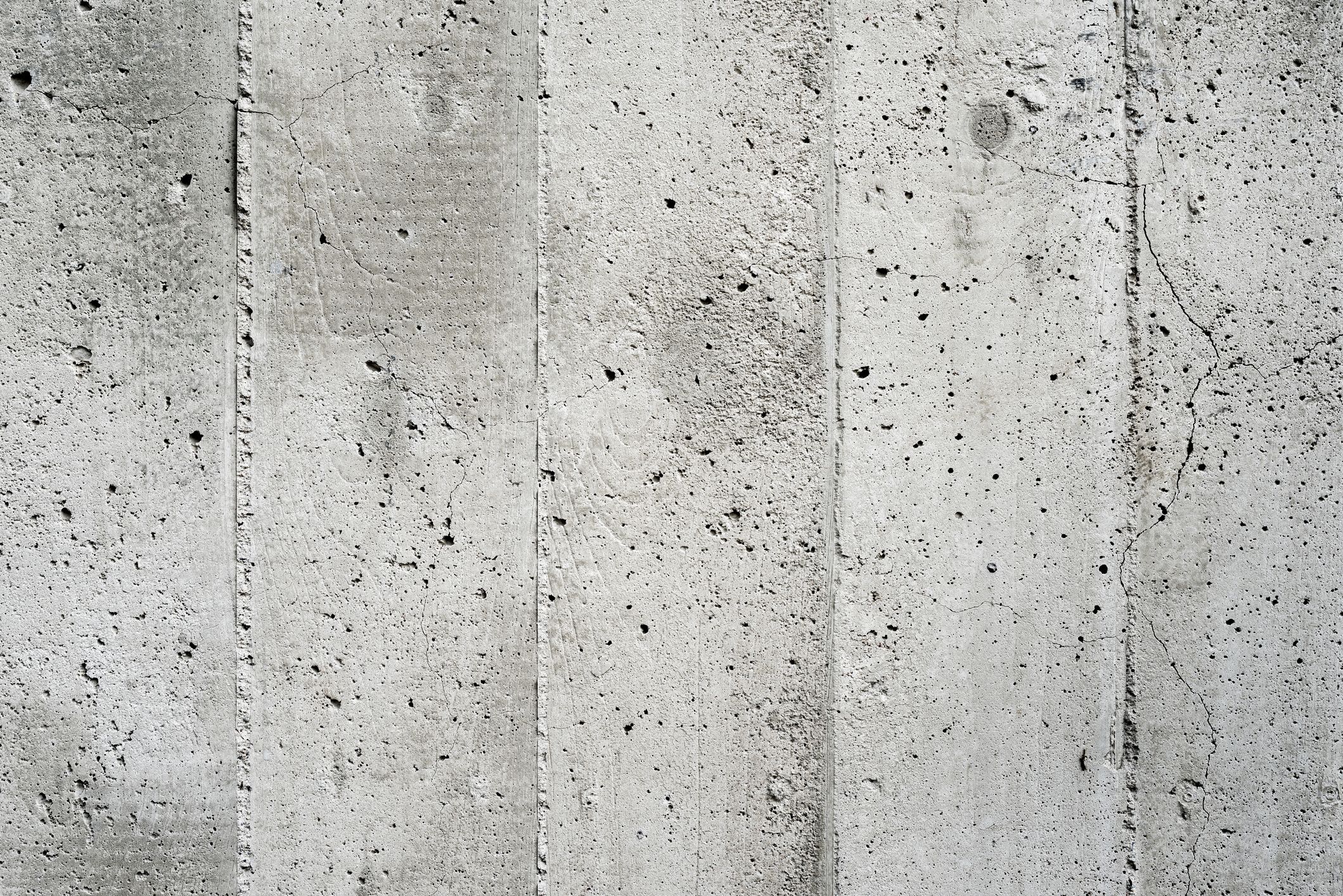Comprehensive Overview to Concrete: From Setup to Completing Touches
Introducing the Eco-Friendly Advantages of Using Recycled Concrete in Sustainable Building And Construction Practices
In the world of sustainable building and construction methods, the usage of recycled concrete stands as a pivotal yet frequently underestimated resource. Past its standard applications, recycled concrete deals a myriad of green advantages that prolong much beyond the confines of typical building materials.
Environmental Benefits
Undoubtedly, among one of the most substantial benefits of making use of recycled concrete is its positive influence on the setting. By integrating recycled concrete right into building and construction techniques, there is a considerable decrease in the need for new basic materials, leading to preservation of natural sources. This procedure helps in protecting aggregates, water, and energy that would have been used in producing new concrete. Additionally, the usage of recycled concrete reduces the quantity of waste being sent to land fills, consequently lowering environmental pollution and relieving the pressure on garbage dump abilities.

In contrast, recycled concrete has a lower carbon footprint as it lowers the need for new concrete production. Generally, the environmental benefits of using recycled concrete are substantial and play a critical function in advertising environment-friendly construction techniques.
Cost-Efficiency
When assessing the use of recycled concrete in construction jobs,Attaining cost-efficiency is a critical consideration. One of the vital benefits of utilizing recycled concrete is its cost-effectiveness compared to typical concrete. The production of recycled concrete entails less power and resources as it makes use of existing materials, lowering the overall job expenses considerably. Additionally, the schedule of recycled concrete in your area can further decrease transport expenditures, making it an extra affordable option for building and construction projects.
Furthermore, making use of recycled concrete can bring about cost savings in garbage dump costs by diverting concrete waste from disposal sites. This not only lowers the ecological effect yet also gets rid of the prices connected with waste elimination. The sturdiness and performance of recycled concrete are comparable to standard concrete, ensuring that cost financial savings do not endanger the top quality of the building and construction.
Longevity and Stamina
Recycled concrete deals equivalent, if not remarkable, toughness and strength residential properties to typical concrete - Concrete. Via developments in handling techniques and top quality control, recycled read this concrete can meet or go beyond the efficiency requirements of traditional concrete.

Waste Reduction
When it comes to using recycled concrete, waste decrease is a vital benefit that adds substantially to environmental preservation. By integrating recycled concrete into building jobs, this waste is repurposed and drawn away from landfills, lowering the overall environmental effect of construction activities.
Furthermore, the usage of recycled concrete can lead to cost savings for building tasks, as it is usually a lot more inexpensive than sourcing and transferring brand-new products - Concrete. In conclusion, waste reduction via the use of recycled concrete is an essential element of lasting building and construction practices that benefits both the construction and the setting market as a whole.
Energy Conservation
Power conservation is a crucial facet of sustainable building and construction practices, aiming to decrease the general energy intake related read this article to building operations and materials manufacturing. When it pertains to utilizing recycled concrete in building, substantial power cost savings are accomplished contrasted to typical concrete production. The process of creating recycled concrete includes reusing and crushing existing concrete materials, which eats much less power than mining, processing, and transferring basic materials for new concrete production. Furthermore, making use visit this site right here of recycled concrete can aid reduce the need for virgin accumulation, more reducing the energy-intensive removal and processing of natural resources.
Conclusion
Finally, the application of recycled concrete in lasting building and construction methods offers countless environmental benefits, cost-efficiency, toughness, stamina, waste reduction, and power conservation. By incorporating recycled concrete right into building and construction tasks, we can contribute to an extra ecologically friendly and sustainable future. It is necessary for the construction sector to focus on using recycled products to help minimize the environmental impact of building activities.
One of the crucial benefits of utilizing recycled concrete is its cost-effectiveness contrasted to standard concrete.Additionally, the usage of recycled concrete can lead to savings in garbage dump costs by diverting concrete waste from disposal websites. The resilience and efficiency of recycled concrete are similar to conventional concrete, making sure that cost savings do not endanger the high quality of the building and construction.
